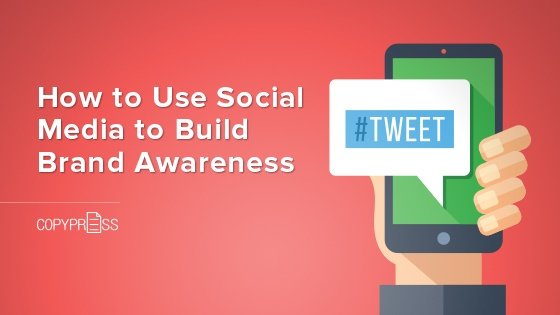How Insurance Companies Can Use Social Media to Build Brand Awareness
While most industries have been quick to jump on the social media bandwagon, insurance companies have been more reluctant to dive in. After all, social media can be a challenging platform for insurance companies and agents.
Yes, there may be challenges, but the rewards make it worth the effort.
Here’s how insurance companies can use social media to build brand awareness.
Understand Your Audience
In order to create compelling, quality content, you have to understand your audience. In truth, knowing your audience should be the foundation of your marketing strategy. How can you possibly appeal to your customers if you don’t know who they are?
This concept is even important in the insurance industry because your products are so personalized.
It’s important to understand:
• Who you’re targeting: Males, females, age group?
• Their location: Where does your audience live?
• Their occupation: What are the most common professions of your audience?
• Their lifestyle choices: Do they own homes? What are their hobbies? Do they have kids?
The more you know about your audience, the easier it will be to create social media posts that appeal to them and their needs.
Here’s the good news: insurance products generally have a very specific audience, so it should be relatively simple to study and understand your audience.
Use a Variety of Media
Forget posting plain text updates. Social media platforms are more visual than ever. Make sure that your posts include a variety of media, such as:
• Videos
• Images
• Live feeds
• Articles
Visual media will capture the attention of your audience. They say that pictures are worth a thousand words, and this can absolutely be true. Instead of making your followers read about how to go about dealing with something – show them.
Use and Share Data to Send Your Message Home
Data is your best friend, especially on social media. People love to read about and share statistics and any other type of data-driven content.
Data can be used to create a range of content that’s easily sharable on social media, including:
• Infographics
• Charts
• Graphs
• Tables
• Spreadsheets
You can also create e-books and whitepapers, but the above-listed content is more easily digestible by social media users.
Sharing real data can lead to more detailed conversations and questions from potential customers. Ultimately, the information you share may compel your audience to take action.
Create Quality, Targeted Content
The goal is to reach your audience, and the only real way to do that is to create quality, targeted content that they’ll enjoy. This all goes back to understanding your audience. Knowing who you’re speaking to will make it easier to create content they understand.
For example, if your target audience is seniors, you would probably want to avoid using words and phrases millennials use. If you have a younger audience, you may prefer to take a more conversational, casual tone.
The type of content you post is also important. An older audience may be more interested in reading lengthy articles or watching longer videos, whereas a younger audience may prefer short, quick videos and image content.
It can be a challenge to master social media, but if you do it properly, you can build brand awareness without turning off customers in the process.

